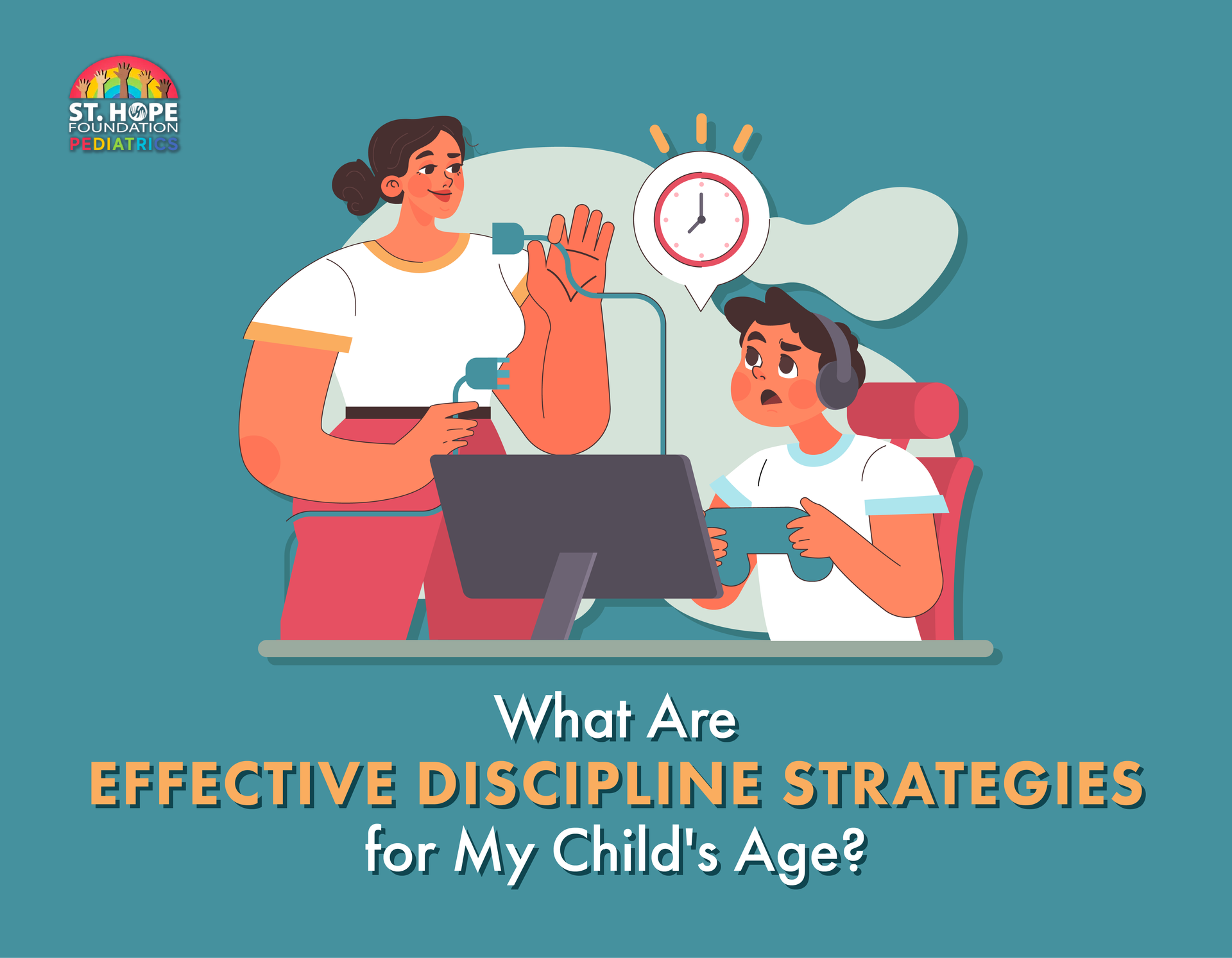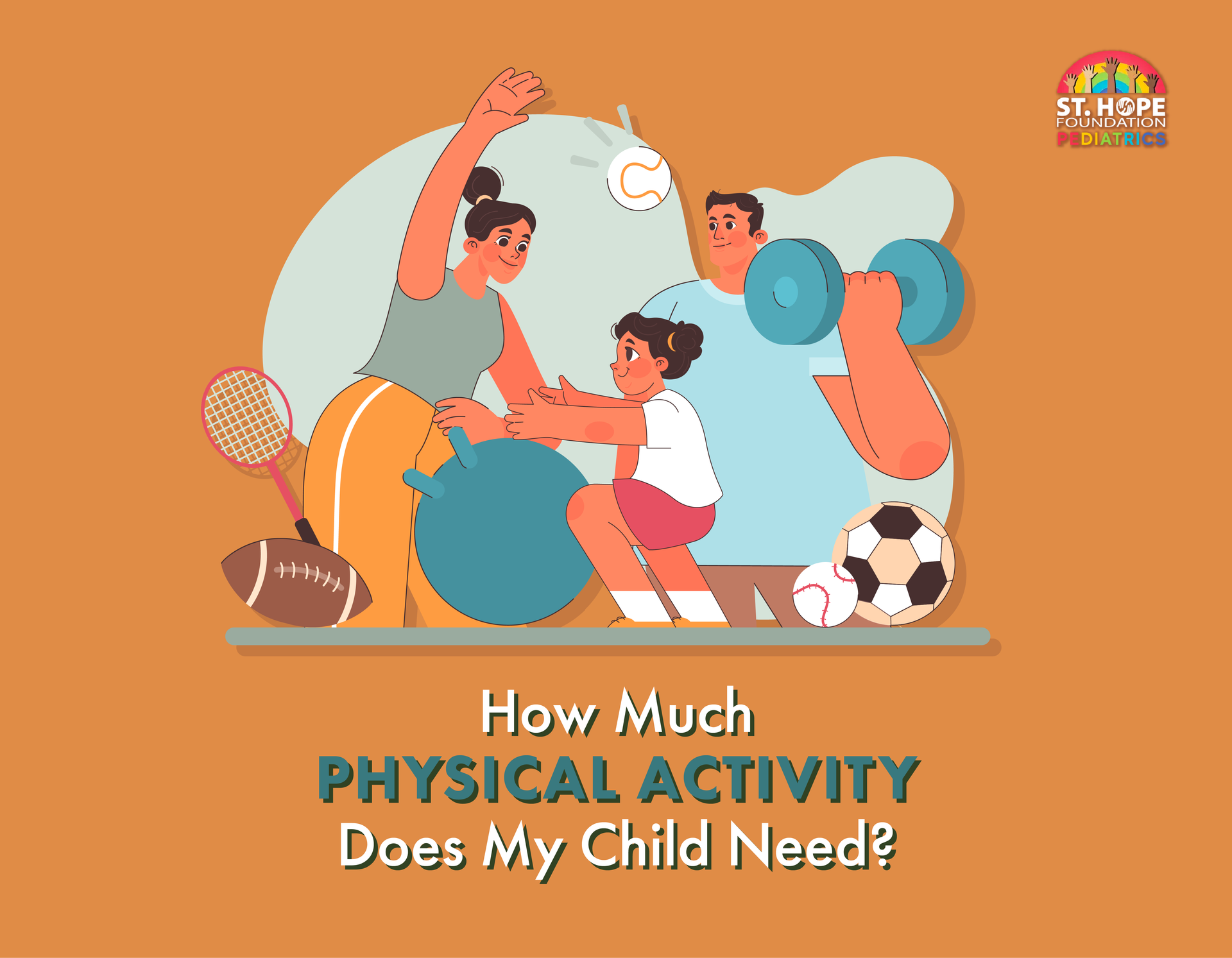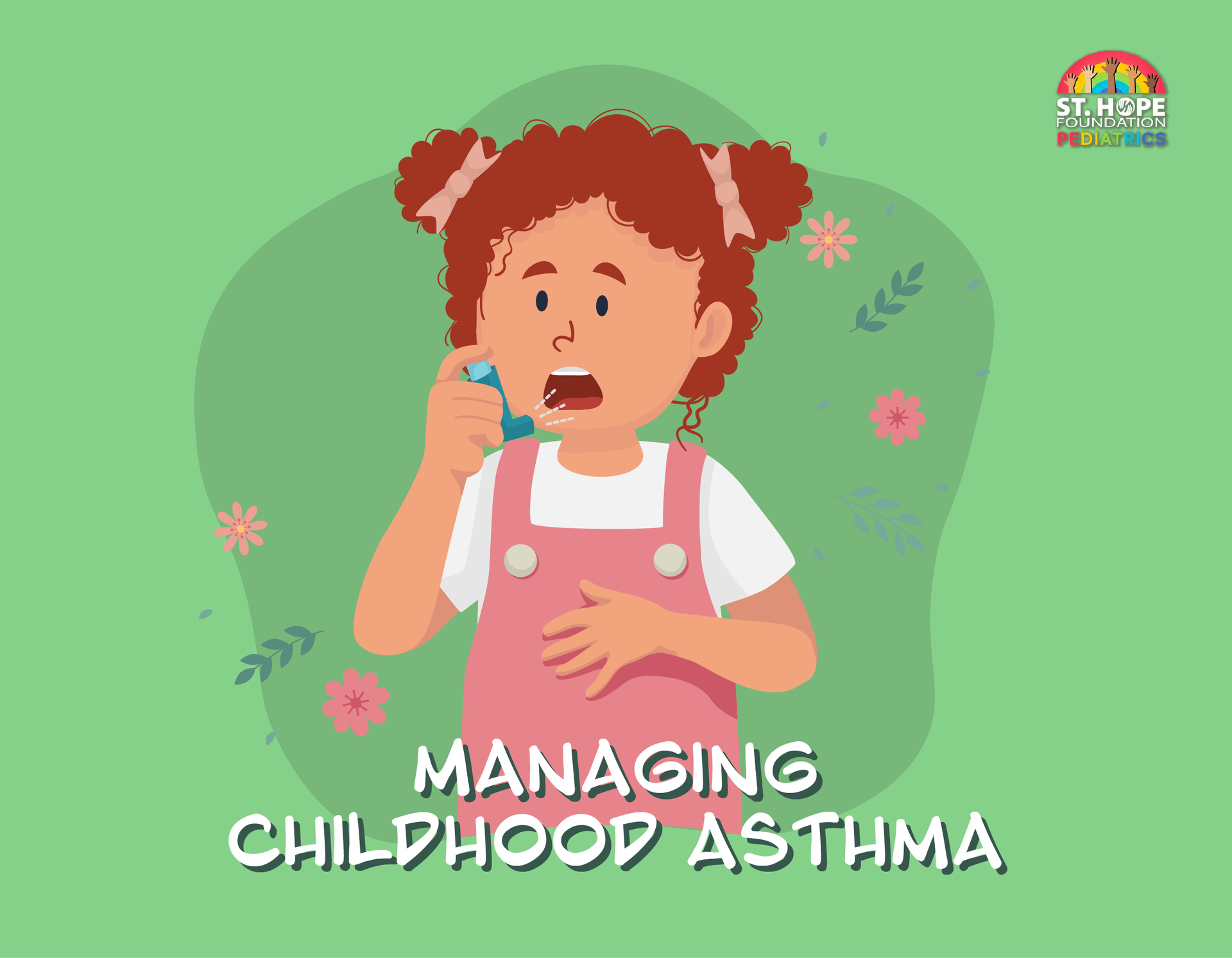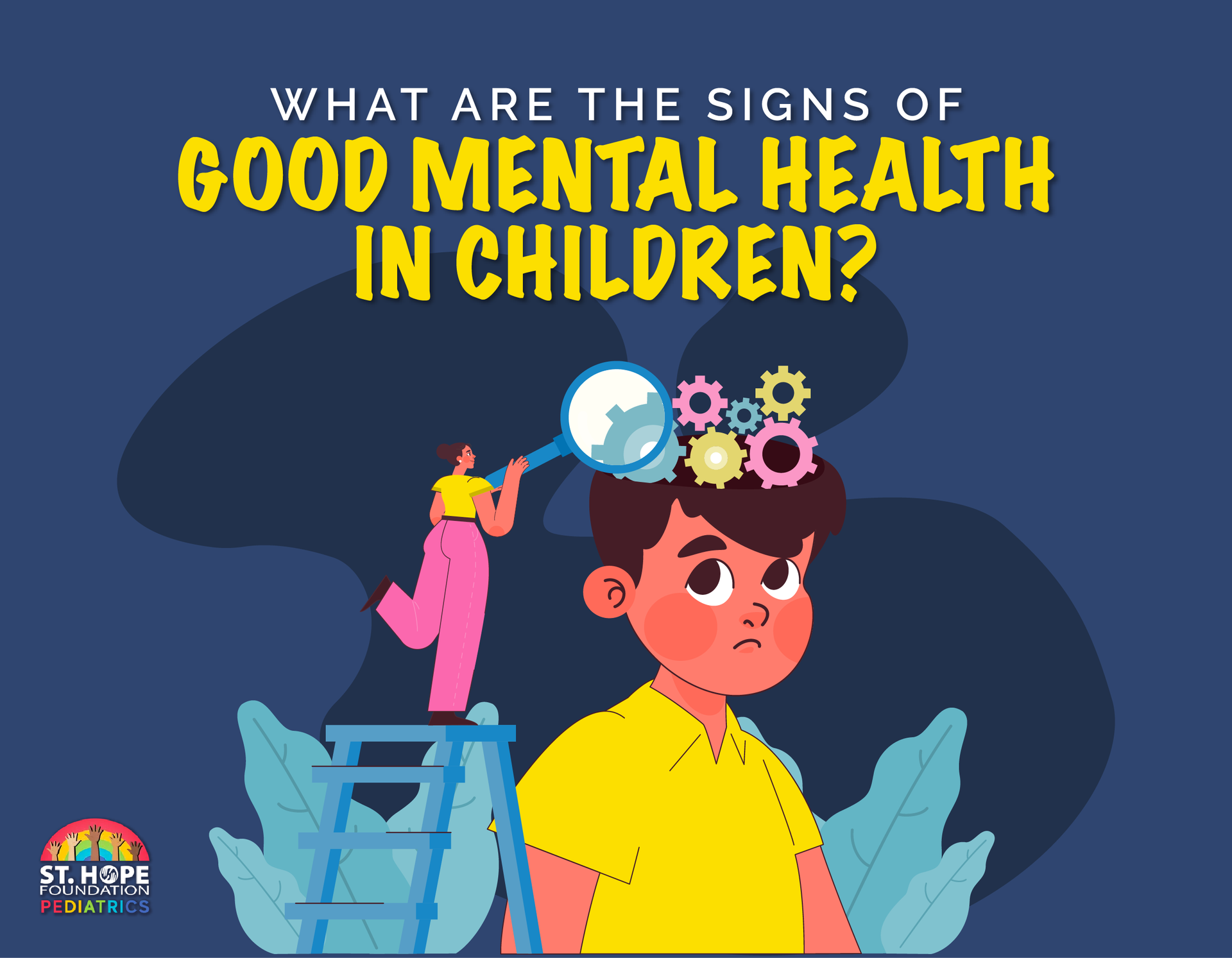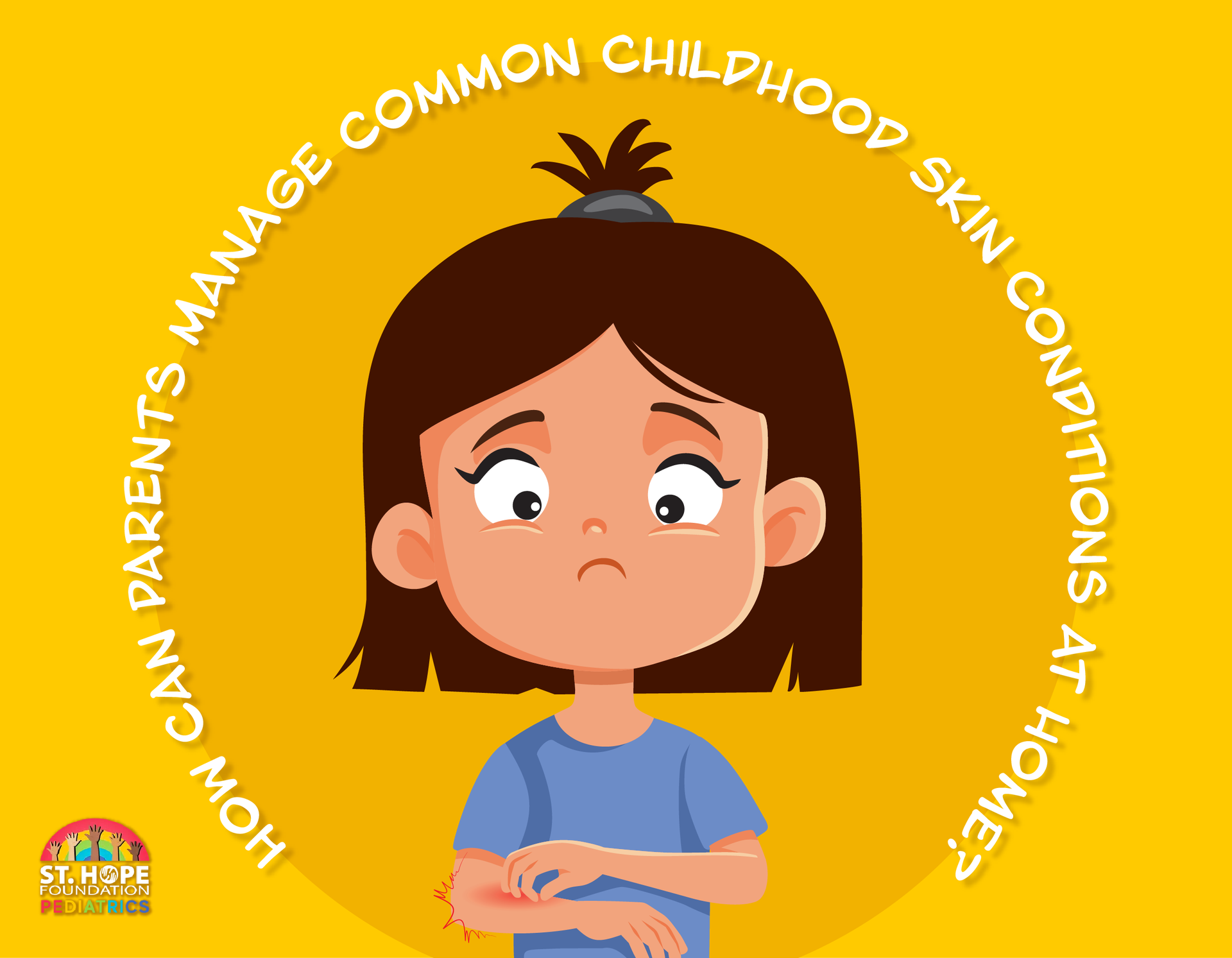Locations in Sugar Land and Greenspoint | Call Today to Schedule an Appointment!
Scheduling is Available 24/7 | For Existing Patients Please Call (956) 593-1337

Diabetes can affect children of all ages, and it is rarely caused by lifestyle or parenting choices. Genetic and autoimmune factors are typically the primary causes.
Living with undiagnosed diabetes can make daily life challenging for both children and their families, affecting school, activities, behavior and overall well-being. Prompt diagnosis followed by consistent management is essential for ensuring a child’s health, development and long-term quality of life.
Signs of Diabetes in Children
Diabetes is not typically associated with childhood, which is why many parents assume these symptoms are caused by another condition. If your child exhibits any of these signs, you should schedule an appointment with your pediatrician.
Increased Thirst and Frequent Urination
One of the earliest and most noticeable symptoms of diabetes is excessive thirst, known as polydipsia, and frequent urination, known as polyuria. While it’s normal for children to drink more fluids after physical activity, during hot weather or if they’ve eaten something salty, persistent, unquenchable thirst, especially when paired with frequent urination, can be a red flag.
Most children urinate between four and seven times a day, but a child with undiagnosed diabetes may need to use the restroom much more often, including multiple times overnight. They may also resume bedwetting after previously staying dry through the night.
This happens because high blood sugar draws fluid from tissues, leading to dehydration and prompting excessive drinking and urination in a cycle that doesn’t seem to resolve.
Extreme Hunger
Children with diabetes may feel constantly hungry, even shortly after eating. This happens because their body is unable to properly use glucose, the main source of energy for cells. Instead of converting food into usable energy, the body signals hunger to compensate.
If your child seems to eat more than usual but doesn’t gain weight or continues to feel unsatisfied, it could be an early sign of diabetes.
Unexplained Weight Loss
Despite an increased appetite, children with diabetes often lose weight. When the body can’t use glucose for energy, it starts breaking down fat and muscle instead. This unintended weight loss can be rapid and noticeable over a few weeks.
Parents might see their child’s clothes becoming loose or their face appearing thinner. In younger children, failure to gain weight at an expected rate for their age can also be a red flag.
Fatigue and Weakness
A child with diabetes may seem more tired than usual, even after a full night’s sleep. Without the ability to use glucose effectively, their body struggles to produce energy. As a result, they may appear sluggish, less interested in activities or frequently complain of exhaustion.
Fatigue can also make it harder for them to focus in school, which may hurt their academic performance.
Irritability and Mood Swings
Sudden mood changes, irritability or difficulty regulating emotions can be linked to blood sugar fluctuations. High blood sugar can cause feelings of confusion and agitation, while low blood sugar can make a child feel shaky, anxious or even aggressive. Parents might notice frequent emotional outbursts, frustration over small issues or an overall change in their child’s usual temperament.
Changes in mood can have a variety of potential causes, so it’s important to discuss abnormal behavior with your child, their teachers and your pediatrician.
Blurred Vision
High blood sugar affects fluid levels in the body, including in the eyes. This imbalance can cause swelling in the eye’s lens, leading to blurred vision. Children may complain that things look fuzzy, struggle to read small text or rub their eyes frequently. If left unmanaged, vision problems can worsen, but they often improve once blood sugar is controlled.
Slow-Healing Wounds and Frequent Infections
While minor cuts and scrapes in healthy children typically heal within a few days to a week, children with diabetes may take noticeably longer to recover.
Even small wounds can linger for two weeks or more, often staying red, swollen or slow to scab over. This happens because high blood sugar can impair circulation and weaken the immune system, making it harder for the body to fight infections and repair damaged tissue.
If wounds seem to heal unusually slowly or become easily infected, it may be a sign of undiagnosed diabetes.
Fruity-Smelling Breath
A sweet, fruity smell on a child’s breath may indicate diabetic ketoacidosis (DKA), a serious complication of untreated diabetes.
When the body runs out of insulin, it starts breaking down fat for energy, producing acidic ketones as a byproduct.
These ketones build up in the blood and can cause life-threatening complications. Other signs of DKA include nausea, vomiting, stomach pain and difficulty breathing. If you notice fruity-smelling breath along with other symptoms, seek medical care immediately.
Managing Your Child’s Diabetes at Home
- Monitor blood sugar levels – Regular checks ensure glucose levels stay within the recommended range.
- Maintain a balanced diet – Establish and stick to a diet of nutrient-rich foods and complex carbohydrates. Consistent meal timing may also be an important part of managing symptoms.
- Encourage physical activity – Exercise helps regulate blood sugar, but it’s important to monitor levels before and after activity.
- Administer insulin as prescribed – Some children require insulin therapy, which should be given according to the doctor’s instructions.
- Recognize and treat blood sugar fluctuations – Learn to manage high and low blood sugar episodes with appropriate snacks or medication adjustments.
Managing Diabetes at School
Effective communication with school staff is essential for managing your child’s diabetes during the school day. Parents of diabetic children should:
- Inform the school – Work with teachers, nurses and administrators to create a diabetes care plan.
- Provide necessary supplies – Ensure your child has access to glucose monitors, insulin, snacks and emergency treatments.
- Teach your child self-care – Age-appropriate independence in blood sugar monitoring and medication use can help them stay safe.
- Plan for emergencies – Make sure the school has a protocol for handling hypoglycemia (low blood sugar) or hyperglycemia (high blood sugar) emergencies.
When Can Diabetic Children Begin Monitoring and Medicating Themselves?
- Ages 4-7: Young children may start recognizing symptoms of low or high blood sugar but still require full adult supervision for blood sugar checks and insulin administration.
- Ages 8-11:
Many children can start checking their own blood sugar with guidance and may begin understanding how food and activity affect their levels. However, they still need help with insulin dosing and adjustments.
- Ages 12-14: Preteens can often handle administering their own insulin injections or using a pump. They may still need reminders and oversight, especially in stressful or new situations.
- Ages 15+: Most teenagers can independently manage their diabetes, including blood sugar monitoring, insulin dosing and recognizing when they need help. It’s still important for parents and school staff to check in regularly, as teens may sometimes take risks or neglect self-care.
Find Out if Your Child Has Diabetes and Get Help Managing the Condition
It’s important for parents to understand that modern testing and treatment, combined with lifestyle changes, allow children with diabetes to live normally. Diabetes does not need to reduce a child’s quality of life, but it does require monitoring and active management.
The pediatricians at St. Hope Healthcare are here to help every step of the way, from diagnosis to creating and supporting a personalized management plan. Call us at (713) 778-1300 to schedule an appointment.

